Danton Derksen
Advisor: Liane Veness
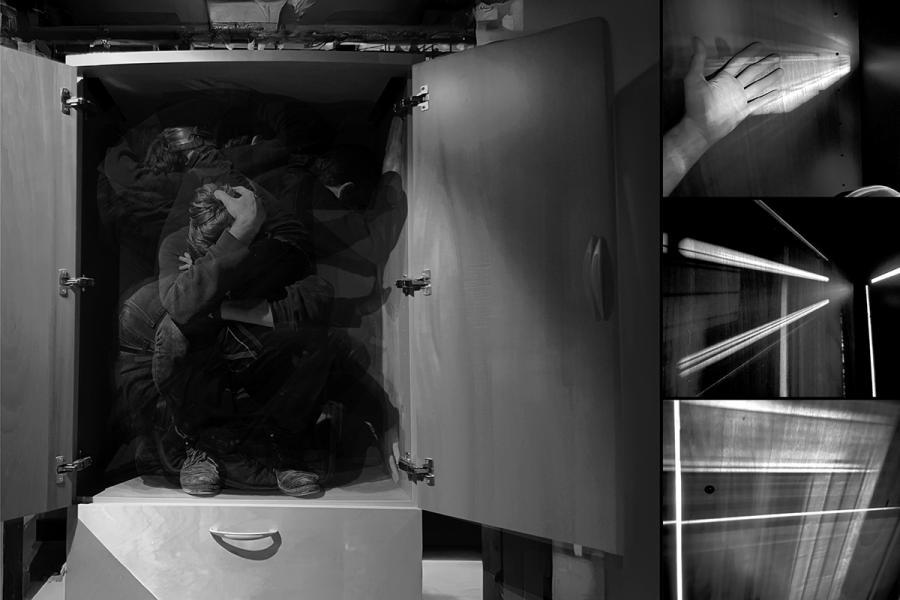
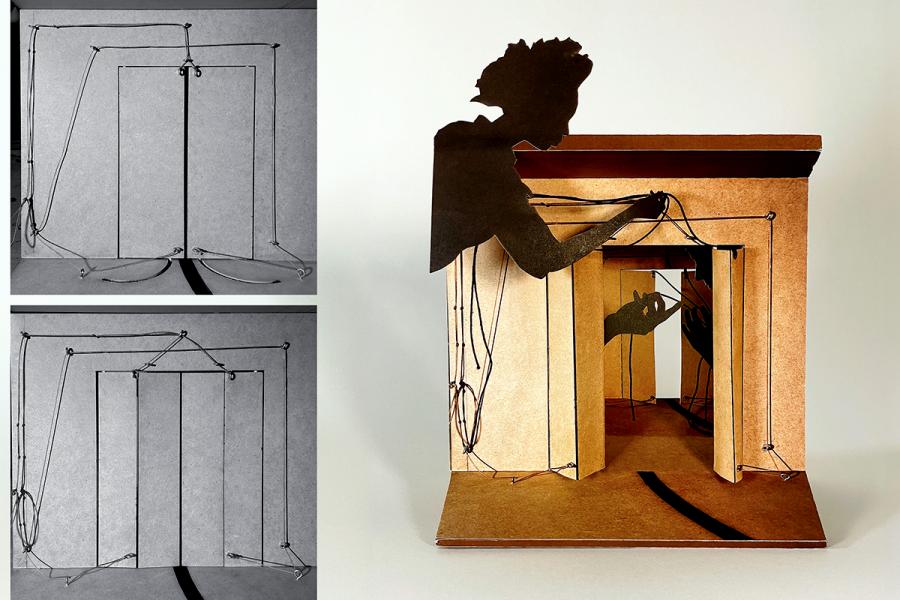
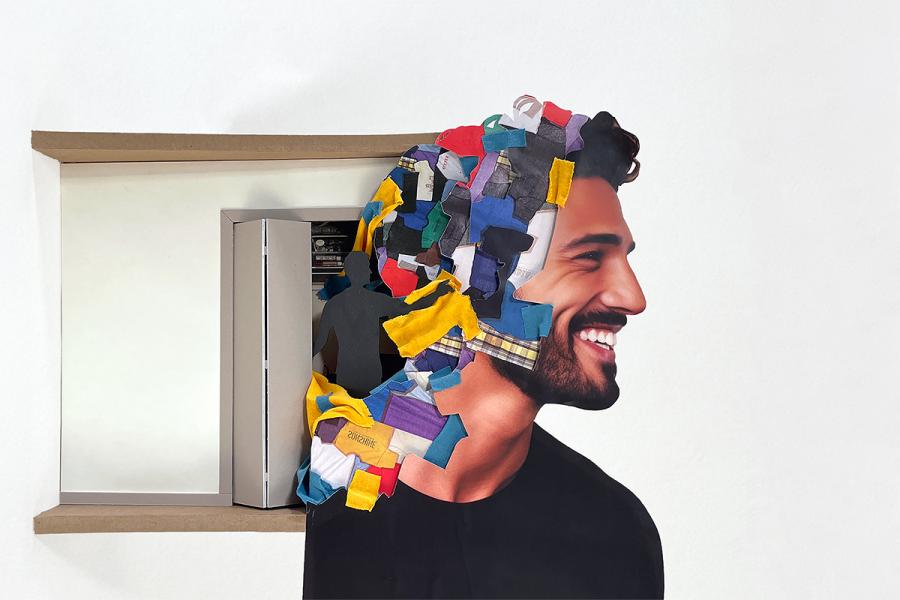
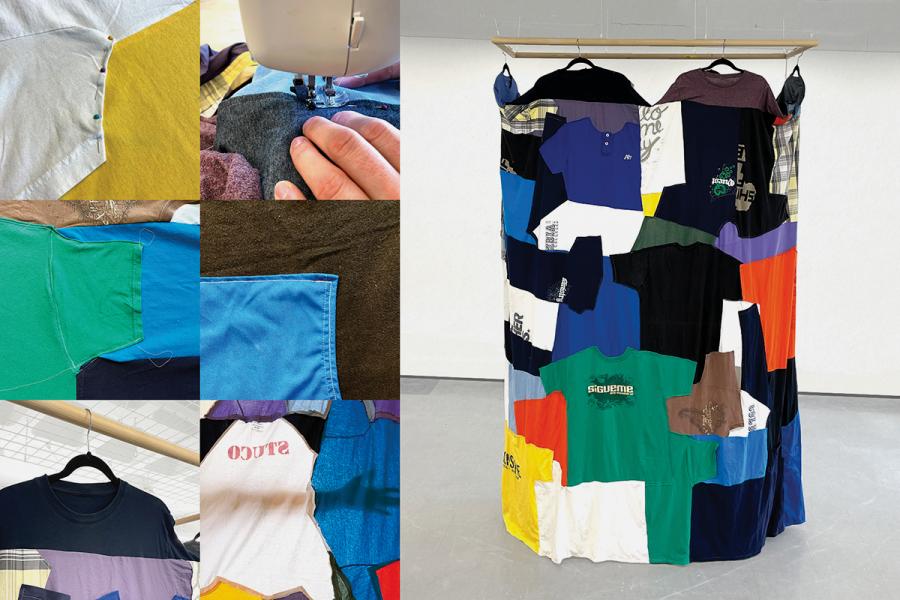
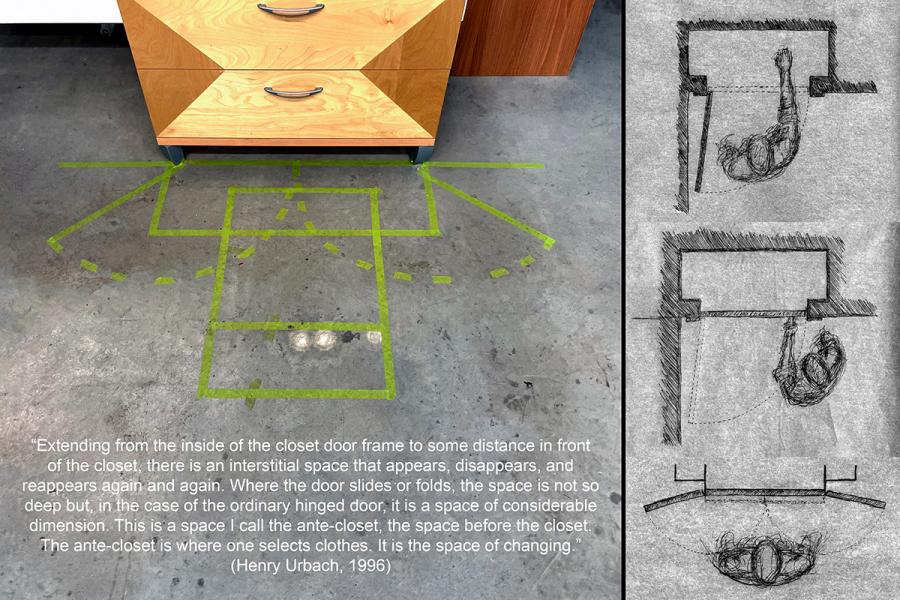
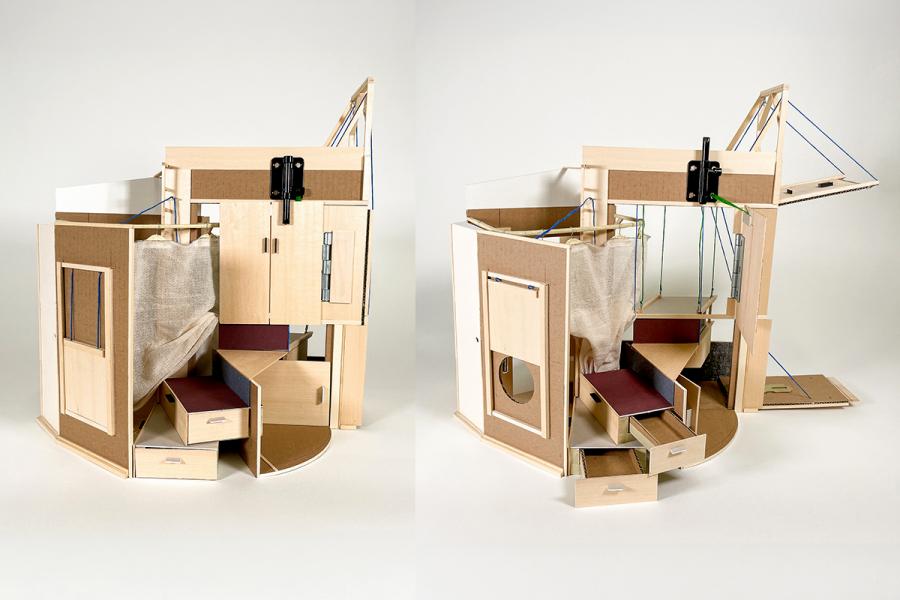
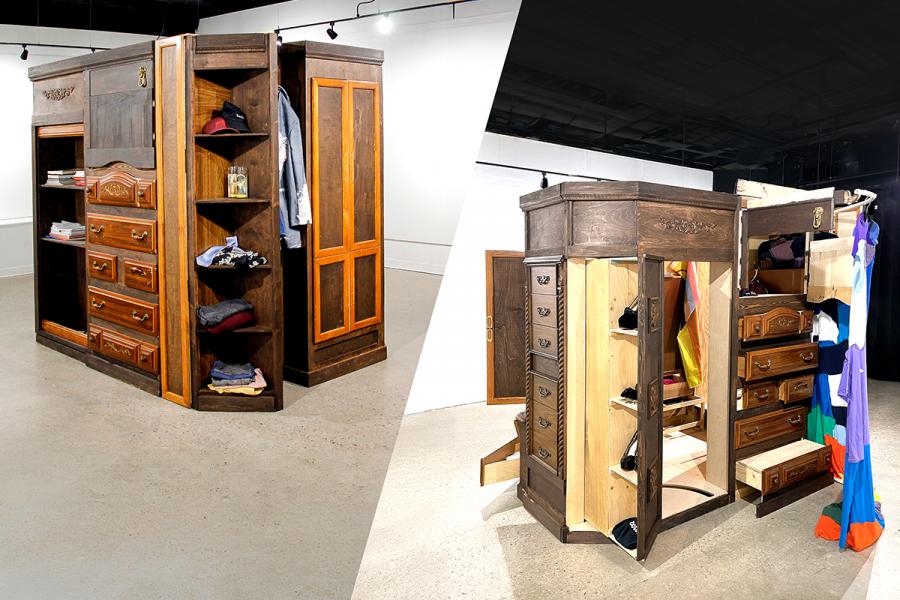
Re-Framing the Closet: Coming Out and Performing Architectural Space
As a queer person, the concept of “coming out of the closet,” holds so much power over our individual stories and yet, the evidence of these stories has been largely left out of the built environment. My broad research interest lies in looking at how we can intertwine the narratives of the queer community within the built environment. Within that context, this thesis aims to take a critical and imaginative look into the significance of the closet throughout history as well as the origins and evolution of the expression, "coming out of the closet."
Reflecting on my own journey and those of many others, I find that the closet has played a complex role in shaping our identities. It's not just a place of concealment but also a space of safety, fear, a space where we constantly rewrite ourselves for others, and a space where we (hopefully) discover and embrace our identity. Looking at the closet as a performative space highlights how many of us spent our time in the closet performing the heteronormative character that we felt society expected us to be. For me, this space has blurred some of the lines between performing and expressing identity. How can we bring the stories of the queer community into (and out of) the very spaces that have played such a profound and complex role in our lives?
Through a series of installations exploring the intersections of the metaphorical queer closet, familiar physical closet, and historical notions of closet space, this thesis culminates in the construction of a “Cabinet of Queeriosity.” This construction is built using repurposed cabinet and closet components but often in a different way than expected such as drawers that open on angles or aren’t drawers at all, and a bookshelf that opens as a door. In defamiliarizing a space that everyone can recognize, we start to see how designing with a queer cultural narrative may offer new interpretations of space. This closet seeks to reclaim control over the queer closet narrative by boldly taking up space and blurring the lines between in and out as it continues to unfold.
